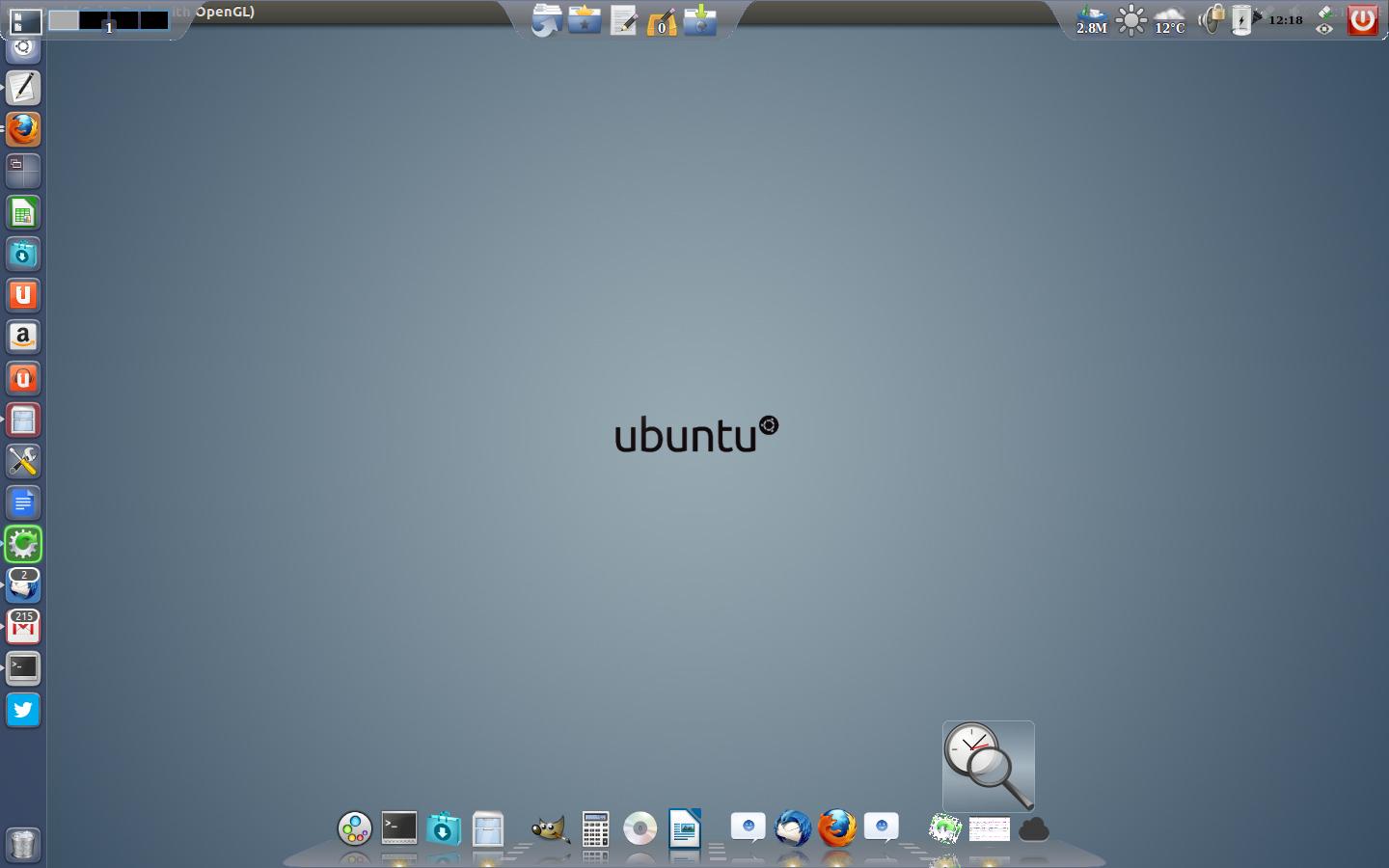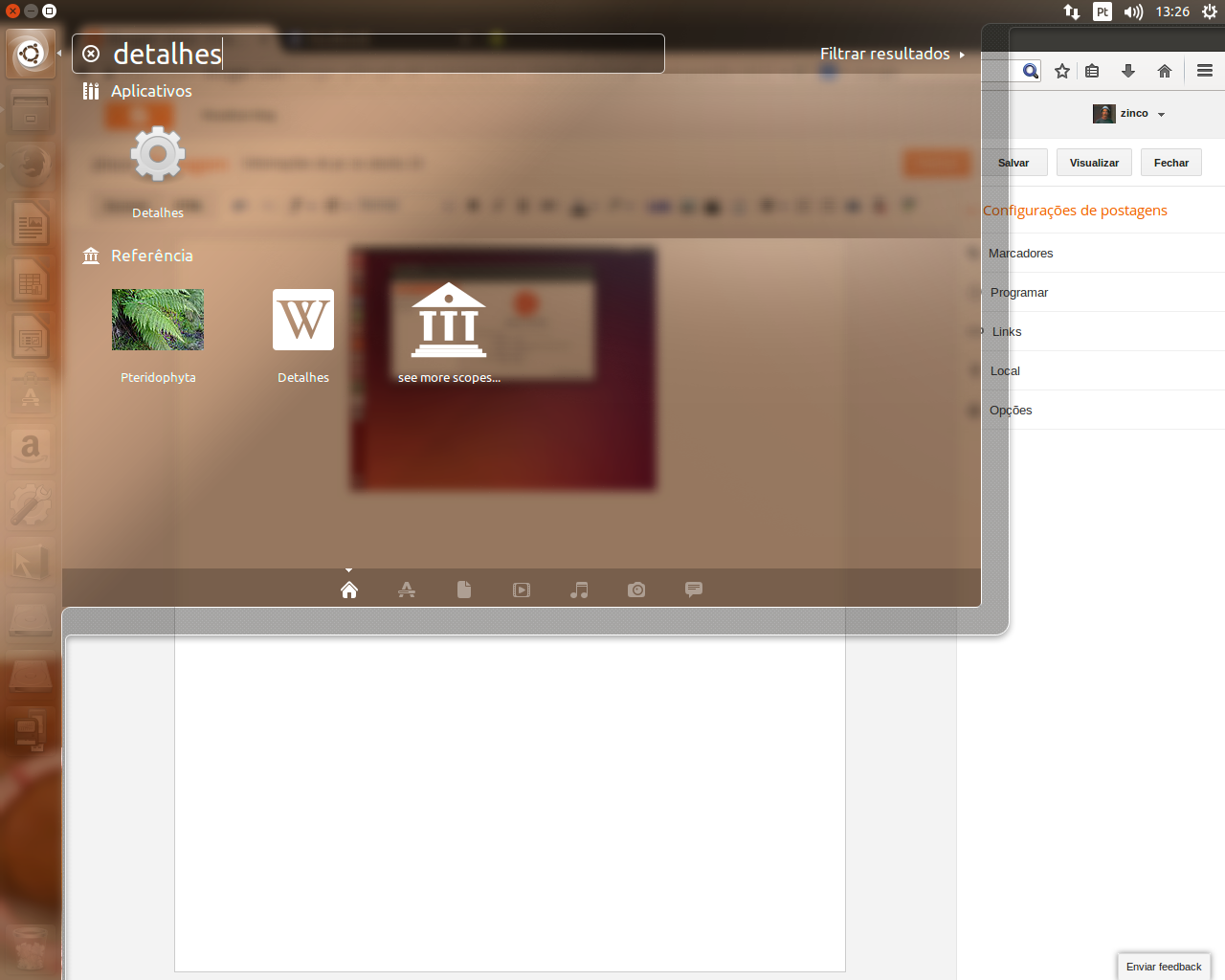Download Ubuntu For Laptop
Key features Internet Browser: what is interesting with this program is that it already contains many ready-to-use programs. One of them are an internet browser. Indeed, it provides two default browsers, which are Ubuntu and Firefox to facilitate the internet access. Office: it is also able to read all types of office documents. It possesses his own word processing program called LibreOffice.
Apr 30, 2015. Ubuntu (64-bit) is a community developed, Linux-based operating system that is perfect for laptops, desktops and servers. It contains all the applications you. Apr 23, 2015. Download Ubuntu. Fast, free and incredibly easy to use, the Ubuntu operating system powers millions of desktop PCs, laptops and servers around the world.
Please, make sure to backup your files and important data before anything else. Do not assume that Ubuntu GNOME will do it for you automatically. Torrent Code Quantum Saison 2 Scream. Latest Stable Release. Ubuntu GNOME 17.04 is now available. Please see the release announcement for more information. Latest Long Term Support Release.


Then, it is possible to open Word, Excel and Powerpoint format with Ubuntu 64 bits. Multimedia: apart from this, Ubuntu 64 bits manages all media files including videos, music, photos. It is even packed with a TV option to watch and organize music or video, while it is played on live on the web. Software Center: furthermore, Ubuntu 64 bits contains also many programs on different topics such as games, graphics, music player and many others. Apart from that, it is possible to download other applications from Internet for free. Pros The operating system is completely free. Cons Sometimes, there may be some problems when partitioning.
Like any normal installation, use an.iso: When you install Ubuntu, you will do so via three main methods: • A Bootable USB drive, • A Bootable CD or DVD, * • The wubi.exe installer, which will not be effective in your case A.iso file is an installable file, which can be installed onto a disc - or in this case, a USB key. If you already have one of these, you can review the next step. If not, follow. Booting from a USB or CD/DVD This is a tricky step because many computers are made by many different manufacturers, so the steps will not be definite, but should still give you a general idea on how to do this. Each computer comes with this thing called BIOS.
It's job is to check that all your hardware and equipment is running, active and good to go. It is also BIOS' job to handle things like the booting of your computer, which is when the operating system begins to load. Before a Windows logo comes up, or a Linux logo or something like that - usually the manufacturer's logo will appear beforehand. This is when BIOS is doing it's work. For instance, most Dell computers have the Dell logo and a blue loading bar below it, and Compaq (HP) has a red screen with a Q in the middle. When this is there, theer may be some text in the bottom hand corners of the screen. So Yesterday By Scott Westerfeld Pdf.
They may say: • Boot Options Press F12 • SET UP PRESS ESC • Press F5 BIOS Or similar. So what you want to do is press whatever key you need to enter BIOS. This is usually Esc or F12. You want to initiate something labelled 'Boot Options' or 'Set Up' or 'BIOS' or similar. Keep in mind each manufacturer's BIOS is different. When there, you will come to an (actually pretty scary looking) awkward computer-nerd looking screen. Note you cannot use your mouse in this screen and must use the arrow keys on your keyboard.
Serial Actress Rasna Biography. Use the Left and Right arrow keys to navigate to a menu labeled BOOT, START UP, BOOT ORDER or something similar. In this menu, you should have a list of the prioritized start-up methods. It is usually: • HDD (Or 'Hard Drive'/'Hard Disk') • CD/DVD • USB • Network Or something very similar. If you can't see CD/DVD or USB in that list, your computer does not support booting that way (and basically there is nothing you can do about it.
But don't fret: only computers made before 1970 would restrict such a thing. Computers before 1990 may not support USB booting, though.) Depending on your manufacturer, this process may be different: If you are editing in the BIOS: You should use your arrow keys and Enter to rearrange your boot order. If you have a disc, set CD/DVD to the first priority, if it's a USB you're using set the USB as the priority.